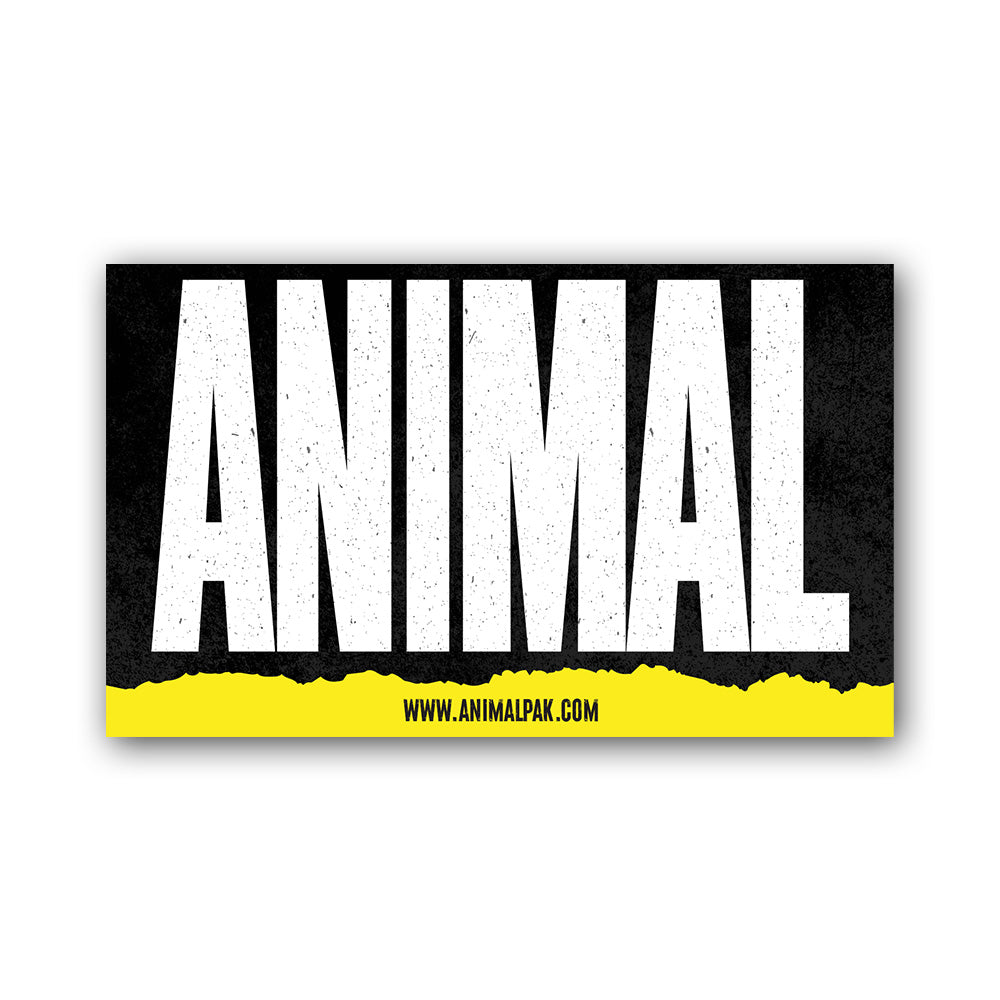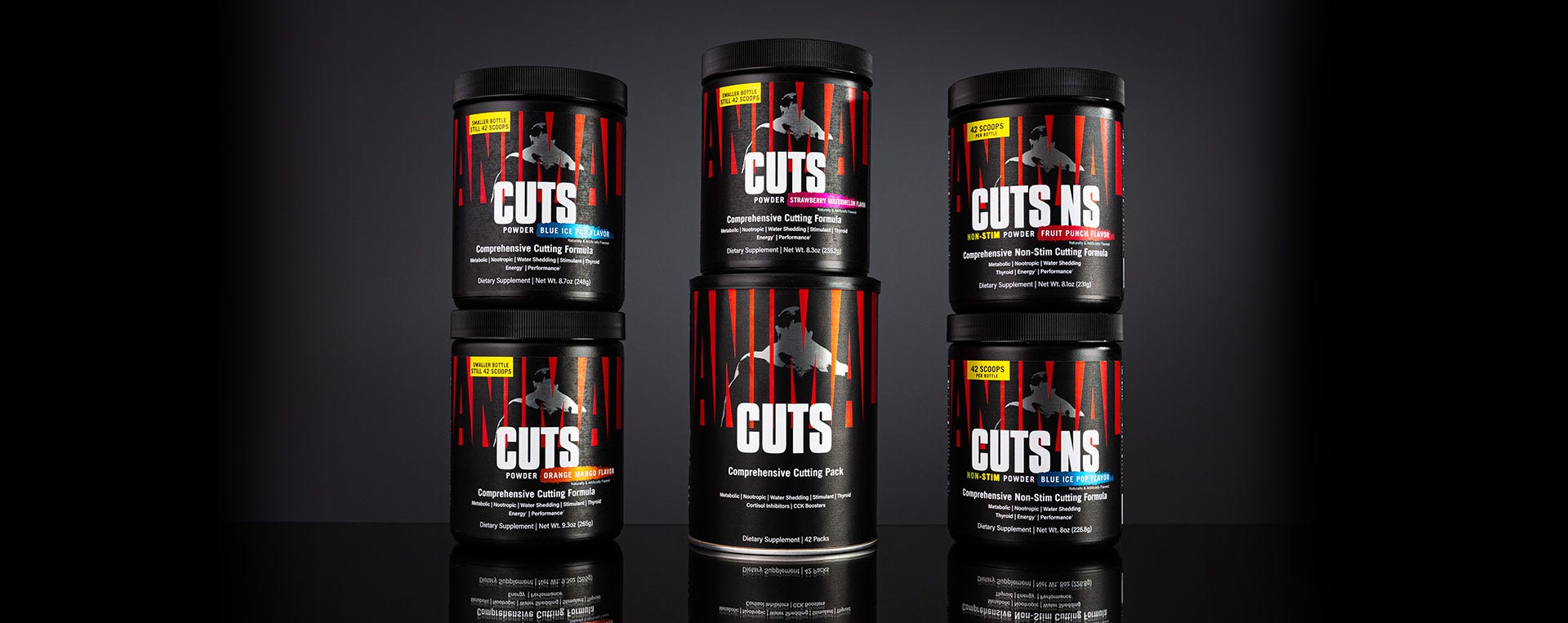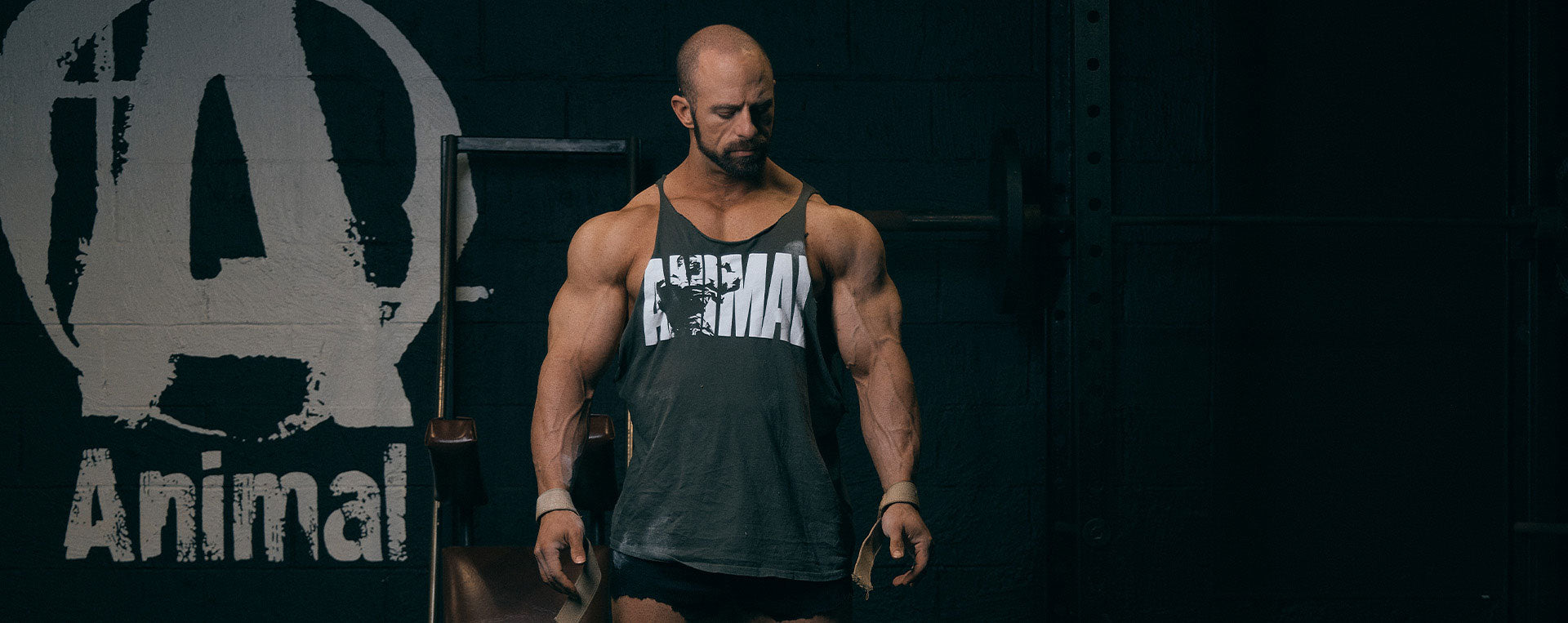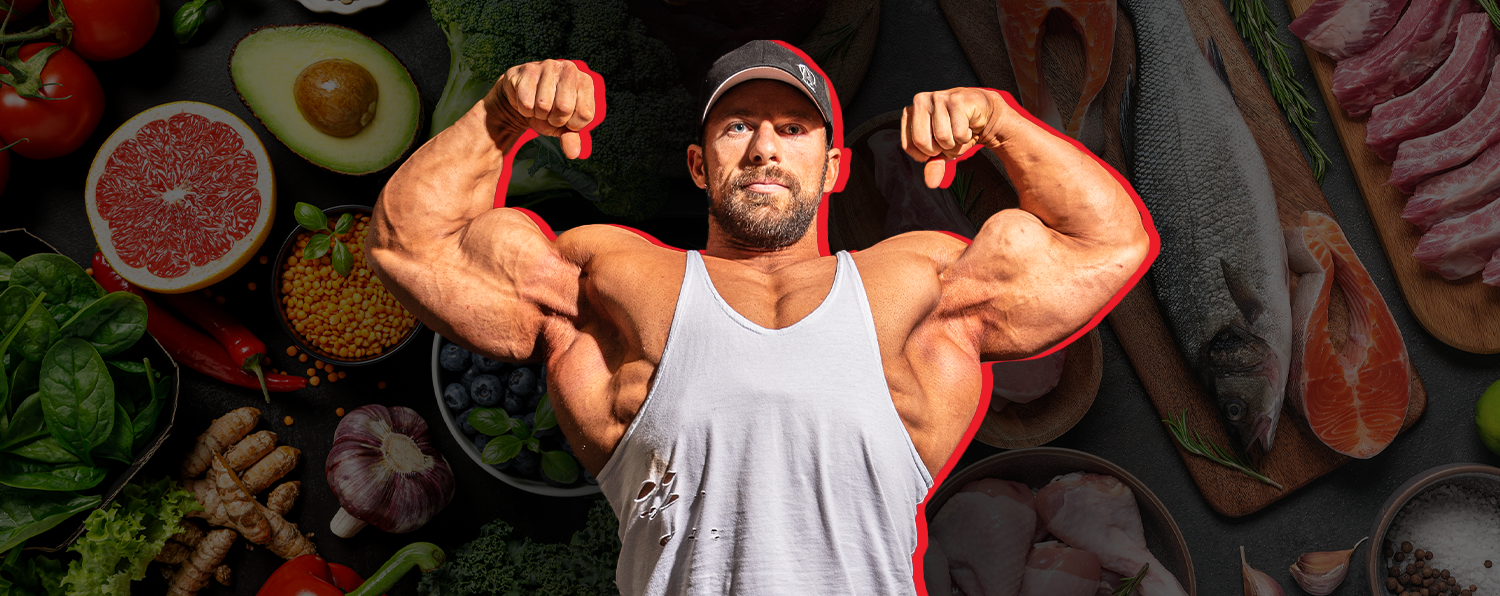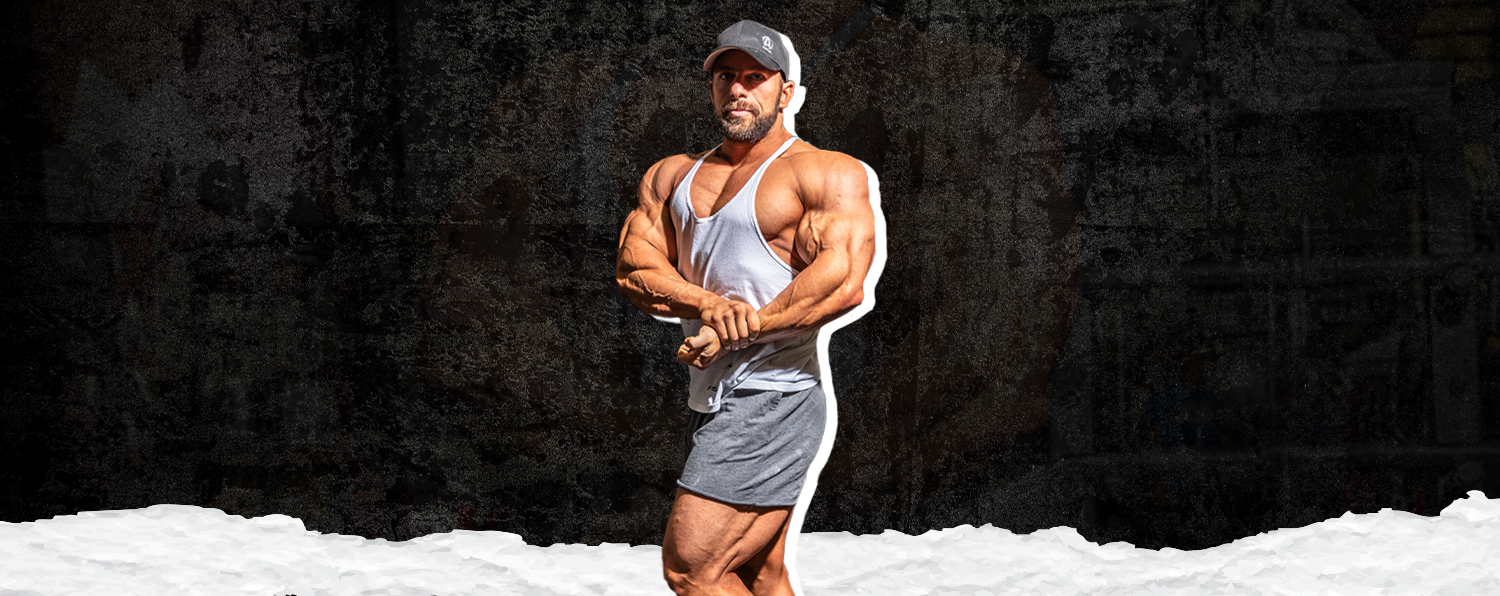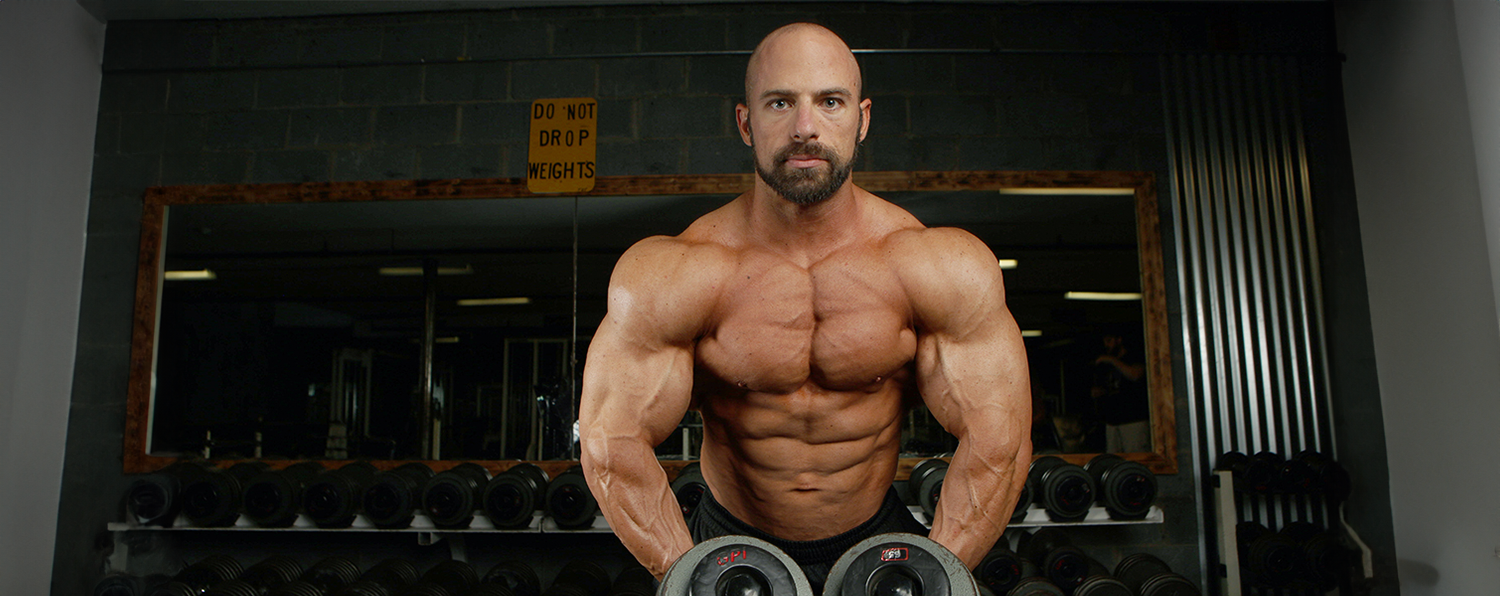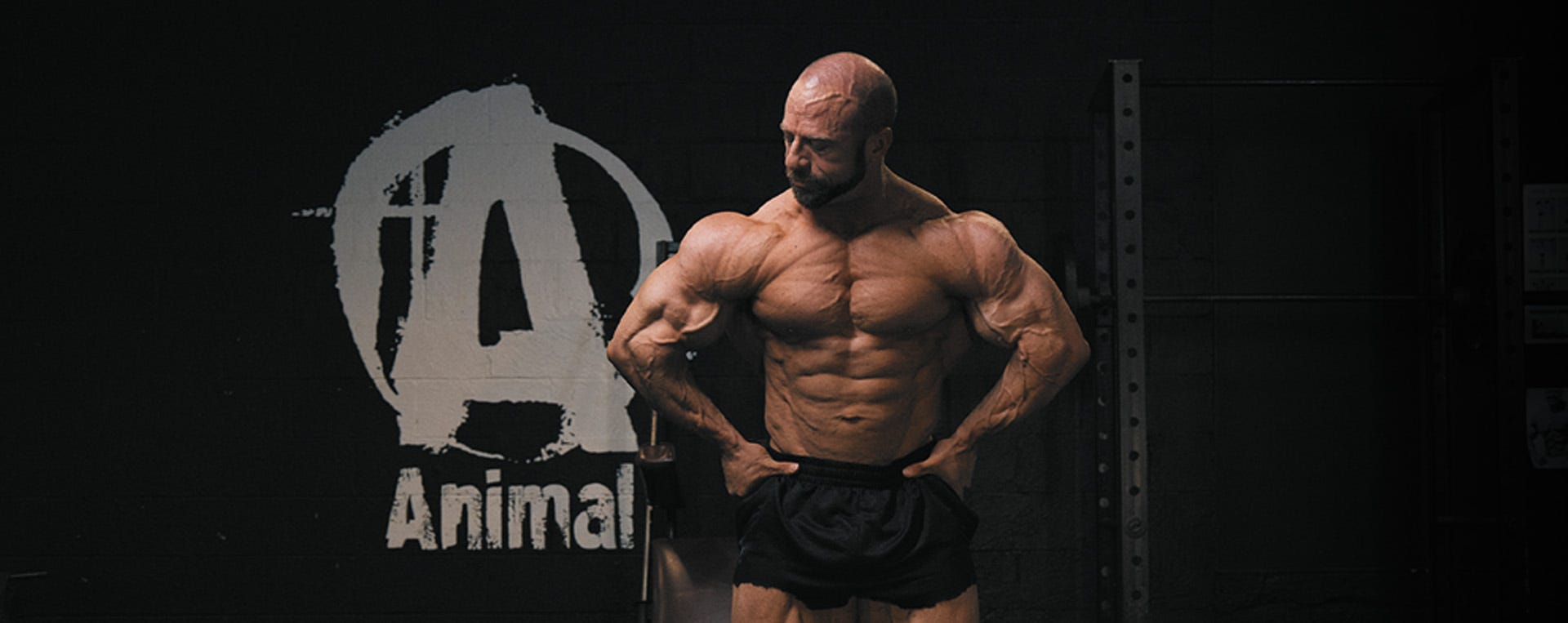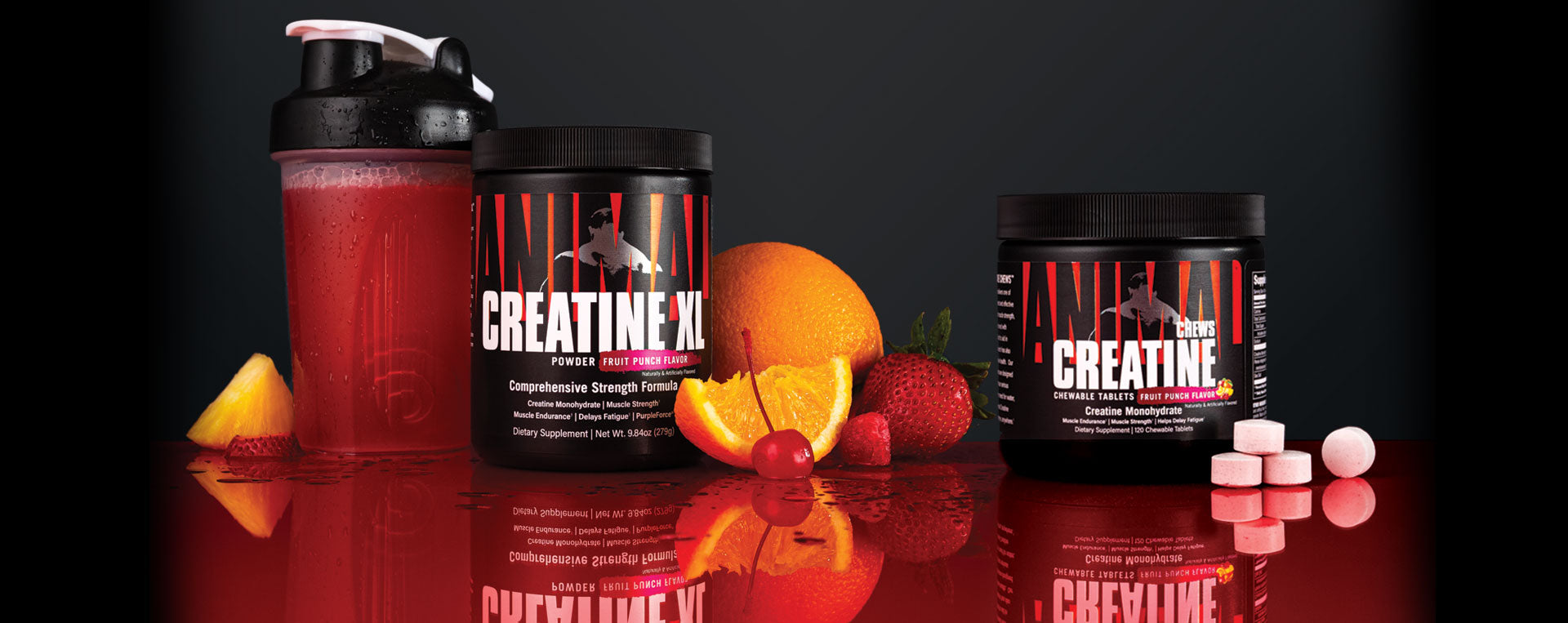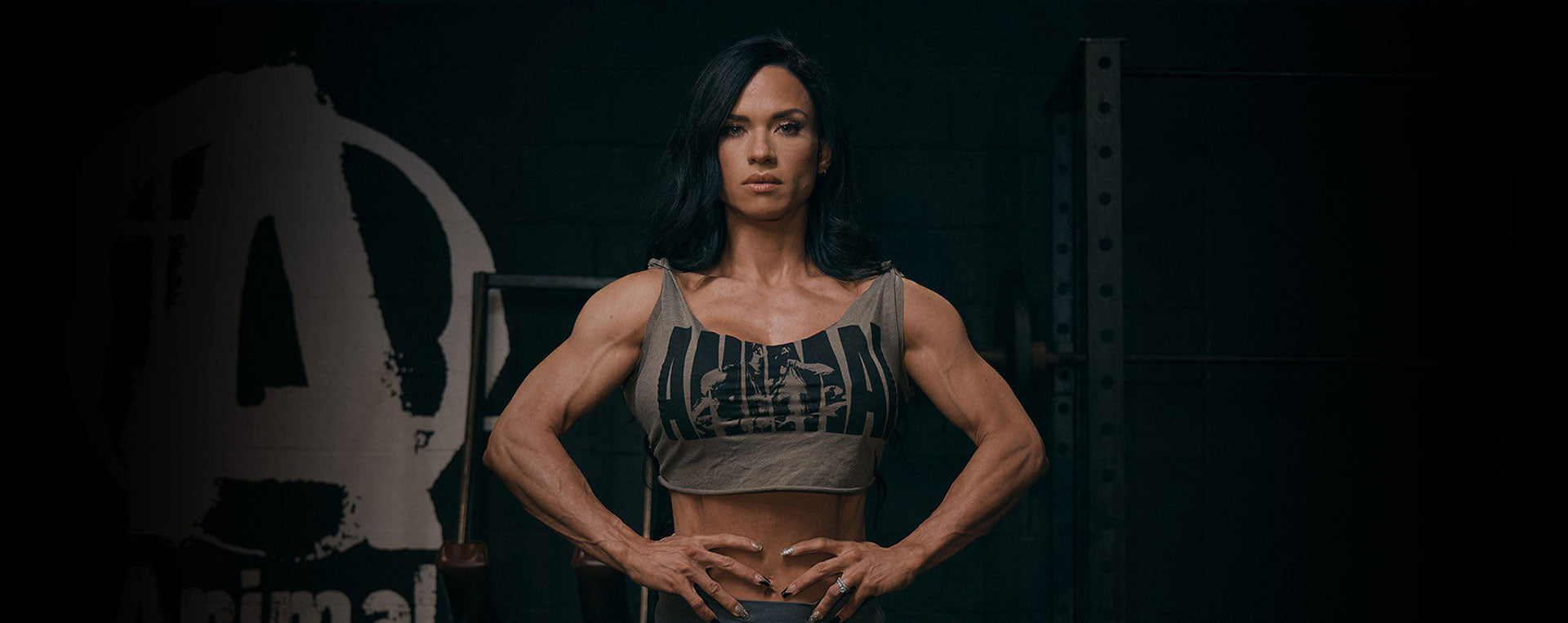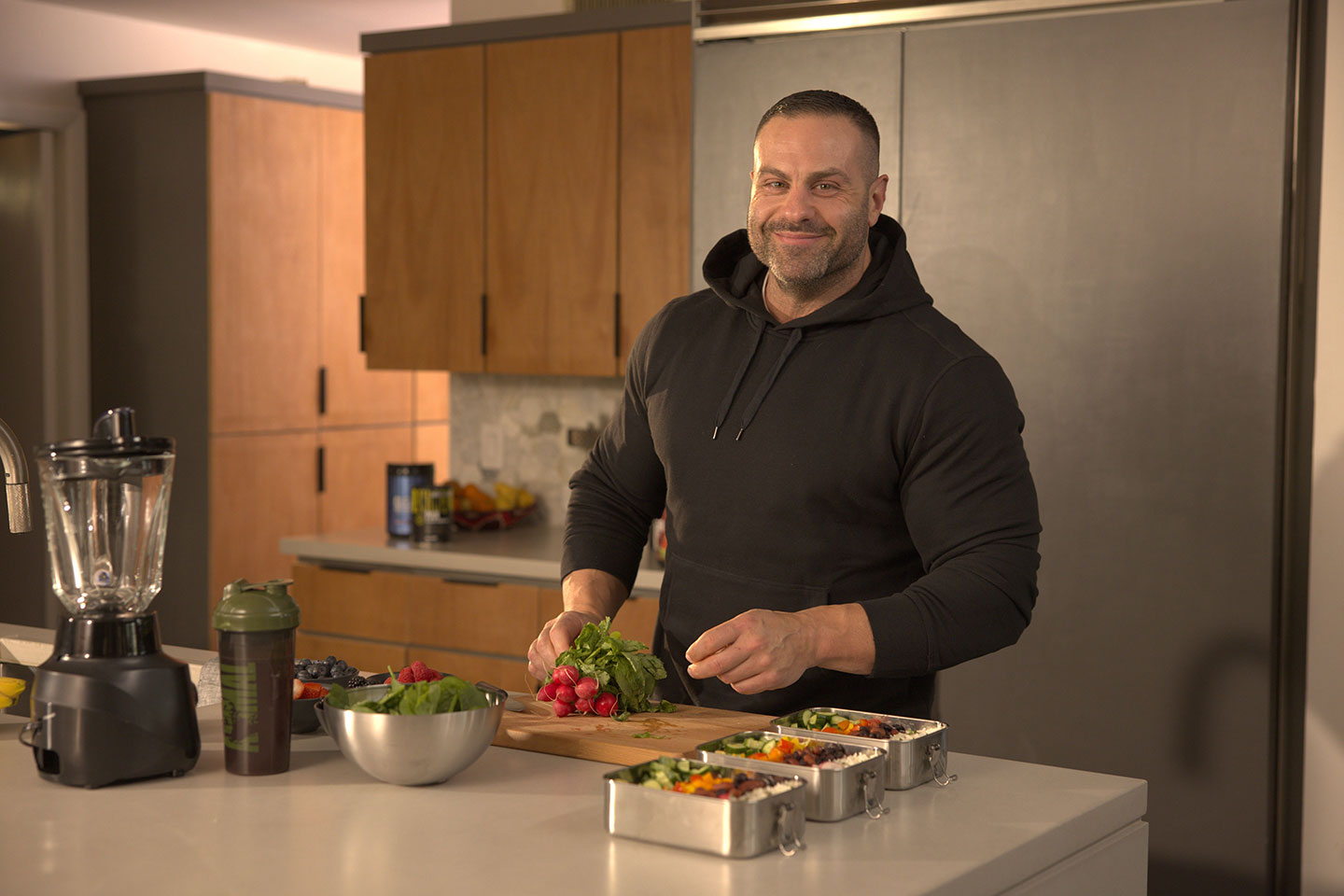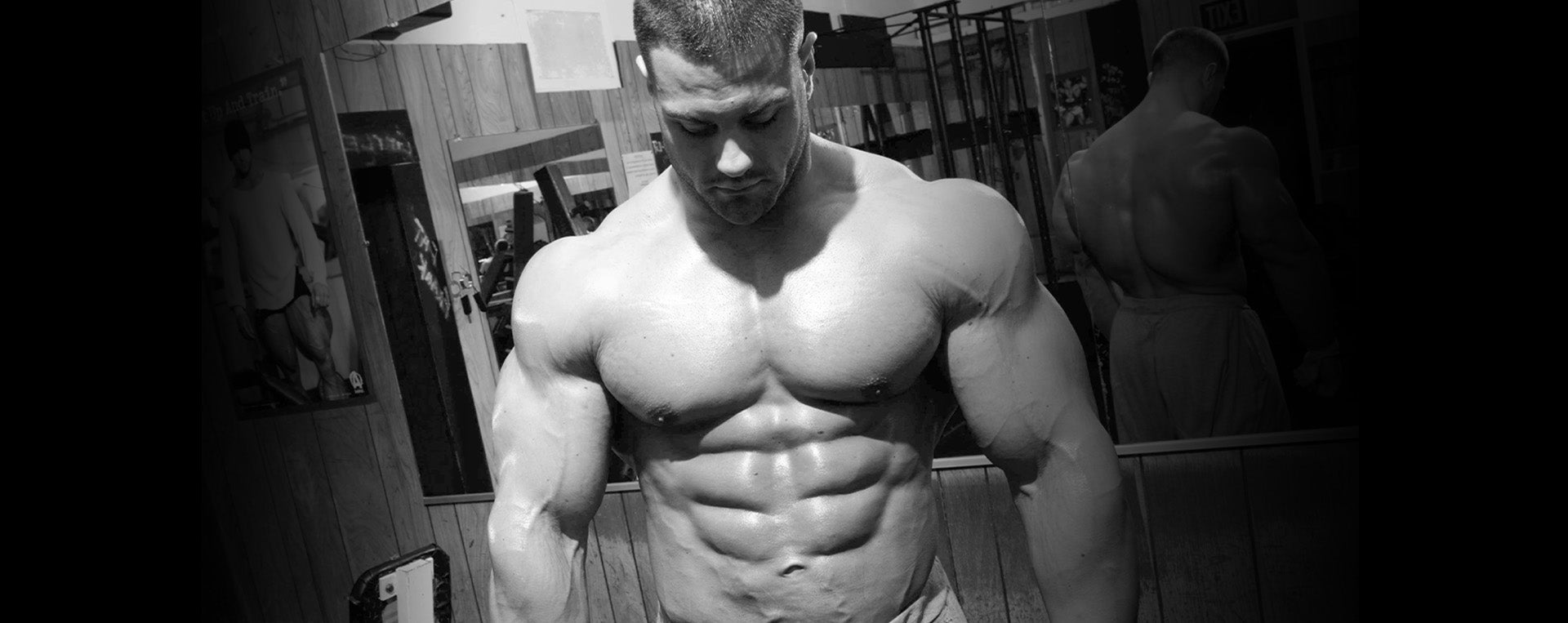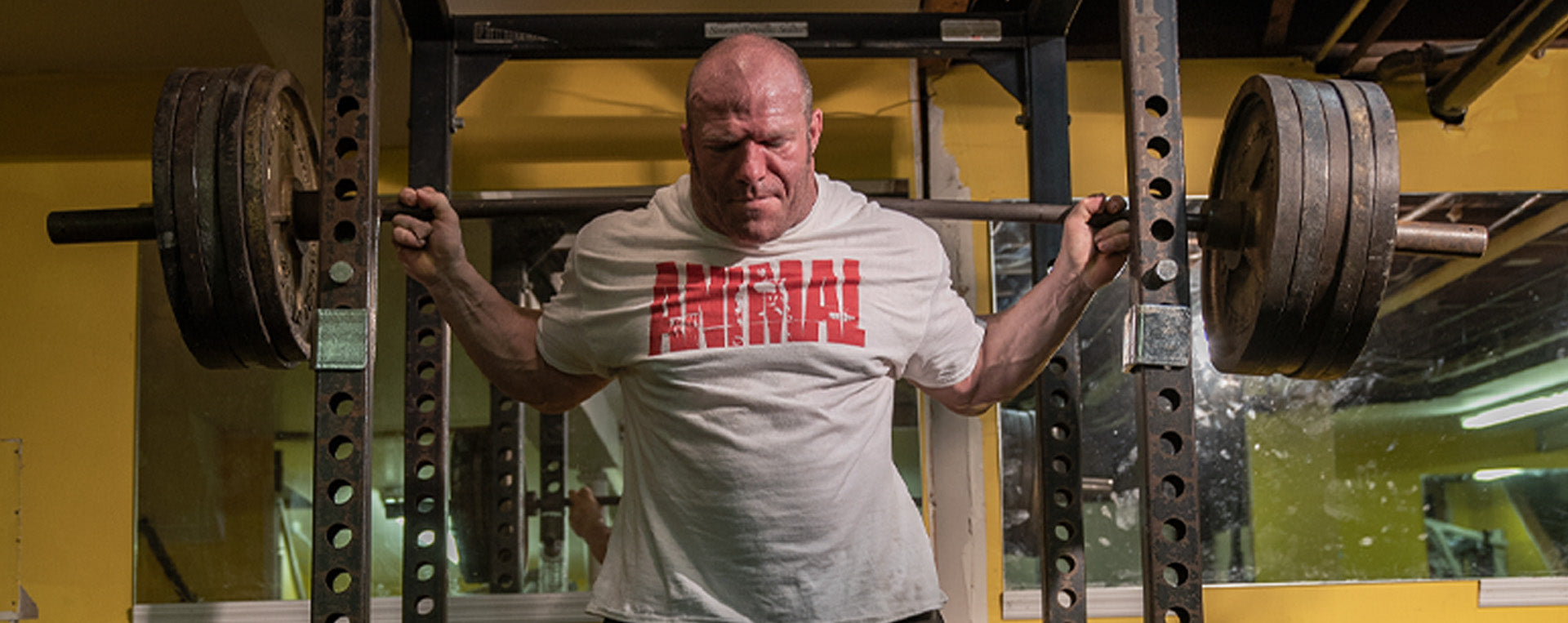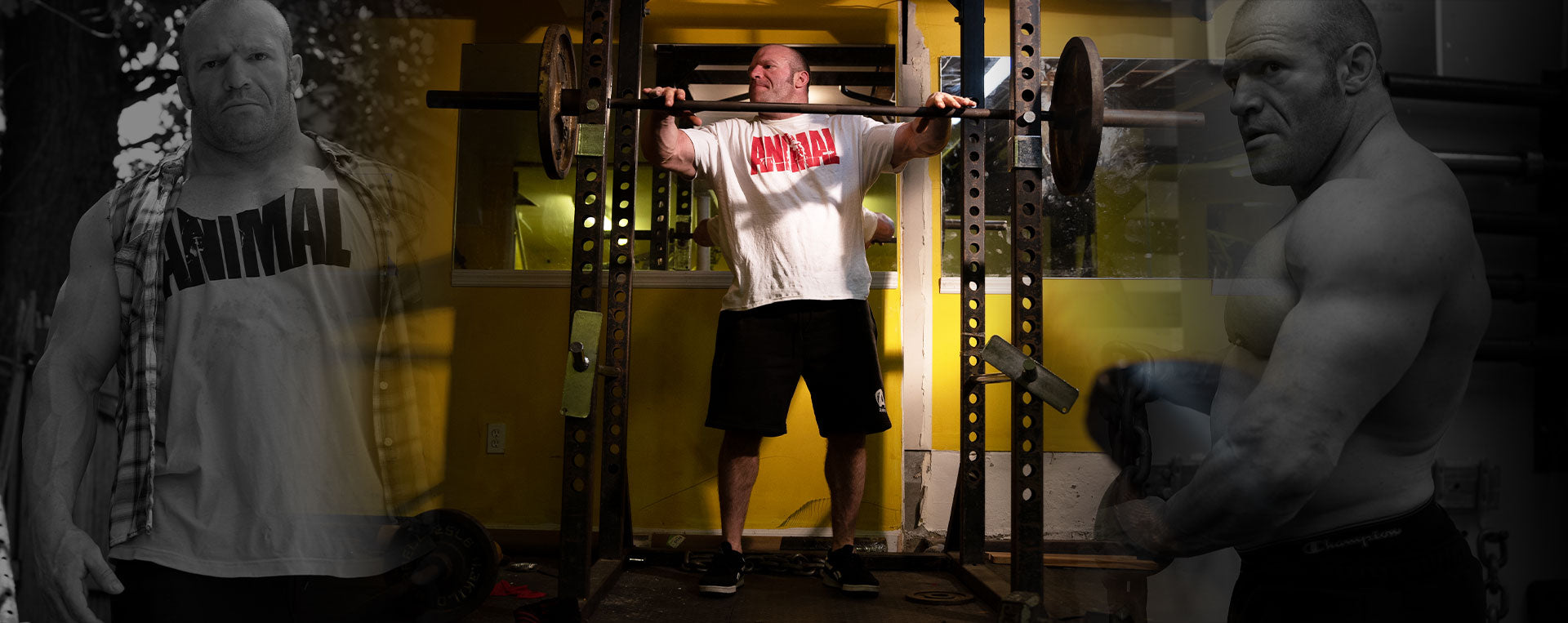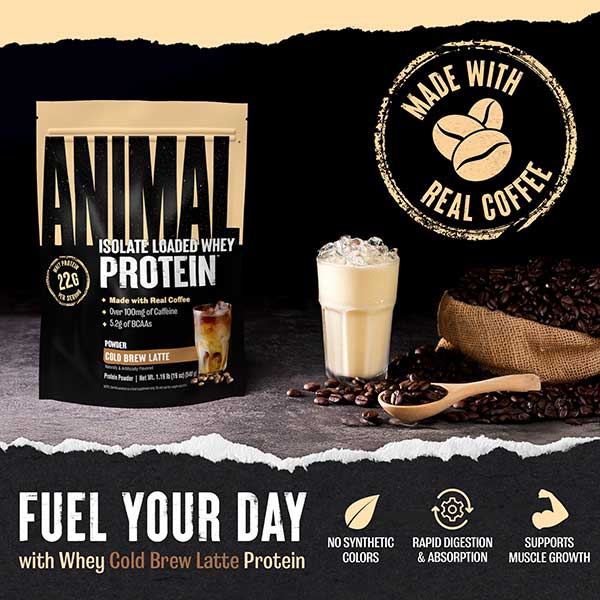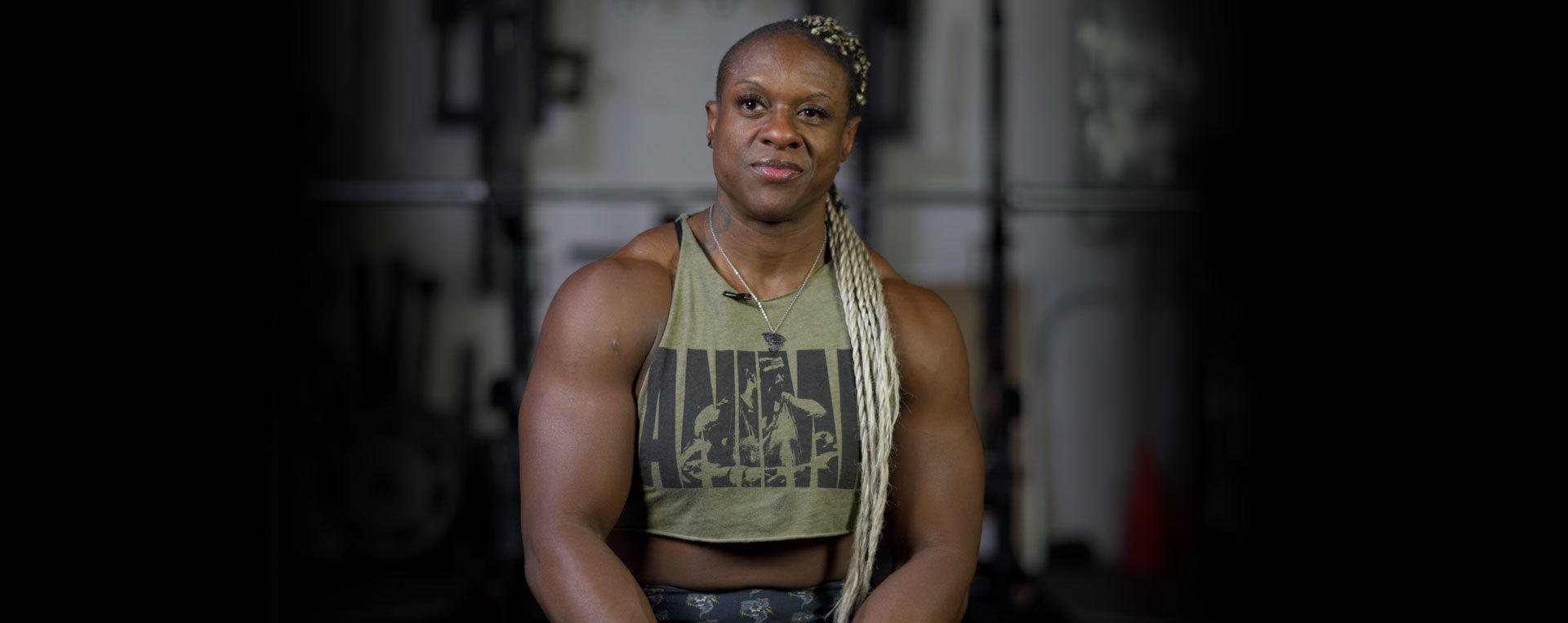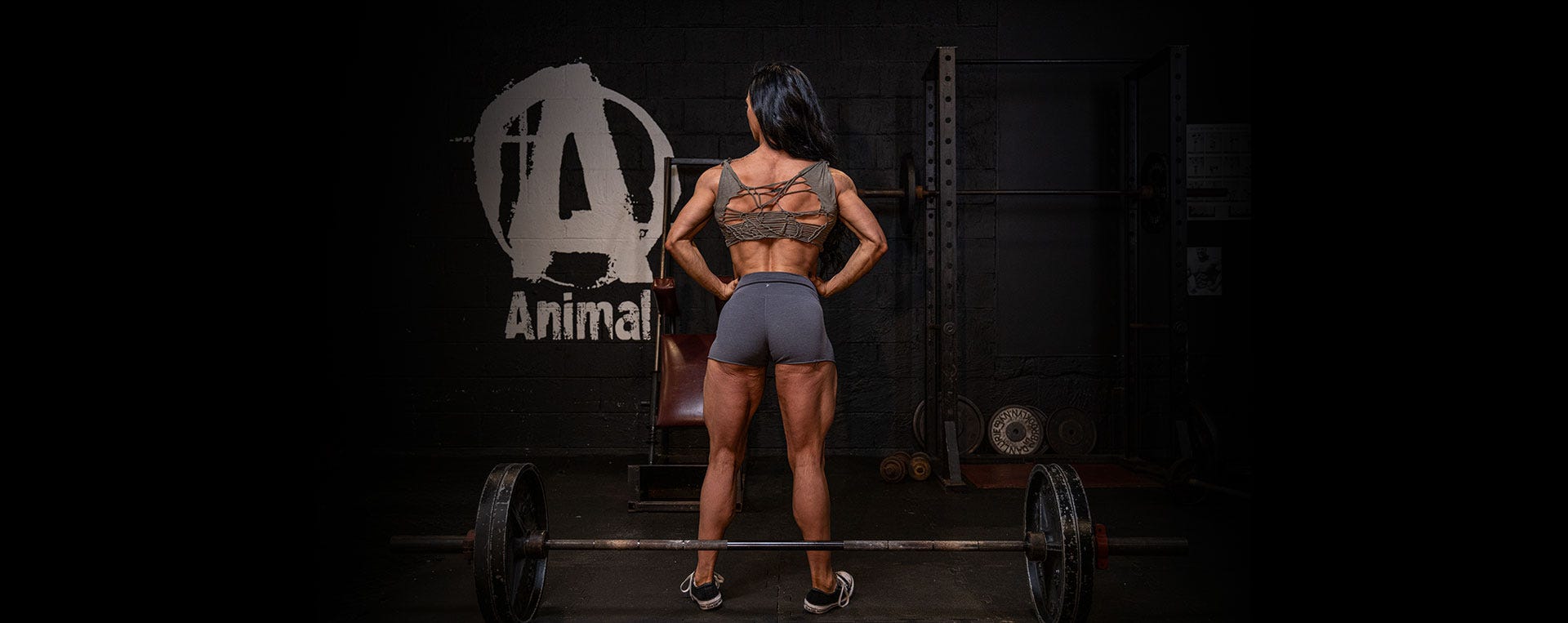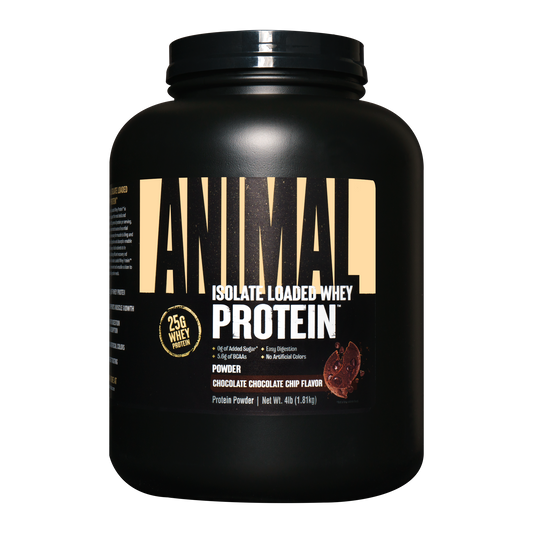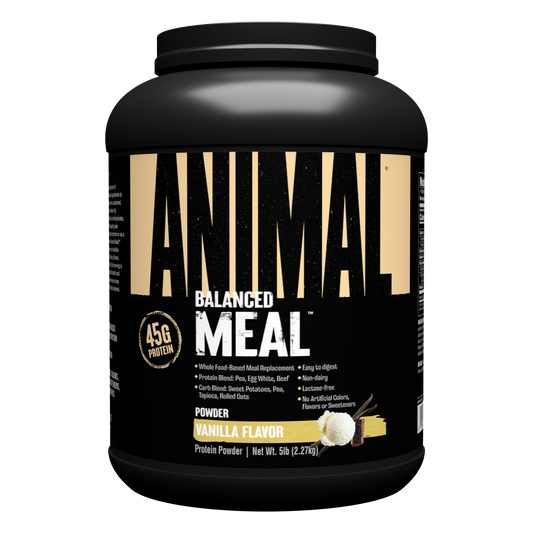“I don’t get it!? I am nailing my diet and cardio, and the scale isn’t budging!”
I have heard this many times from clients, and I know the frustration of putting in hard work and feeling like you’re not seeing the rewards for those efforts. Then you might also have further stress from an event closing in, such as a show date, photo shoot, or beach trip you want to make sure you’re ready for, which can only add to the frustration.
As we move through a calorie deficit and body fat decreases, our bodies start to adapt to preserve body fat and energy. We have increases in catabolic and hunger signaling hormones, and decreases in anabolic hormones, metabolic rate, and cost of exercise, and this can add up to a fat loss stall out. So, what do you do if you’re stalling from all these adaptations?
1. Get Honest With Yourself
No one is going to like this tip, but it must be said. You have to get real and see if you’re accurately tracking food intake and energy output. Many people dieting slowly start adding more small calorie items like condiments, or they don’t measure food accurately, and those calories add up to a lot. So, weigh all the food items you’re eating and track them with an app. Another issue might be that weekend “cheat meal” creating enough of a caloric intake to throw you out of a deficit over the course of the week. Time to cut out the calorie excess and realize that even one meal off plan can make a difference.
Also, a calorie deficit can cause an unintentional drop in daily movement, and this counters the calorie deficit. Track your daily steps as an indirect measurement of activity changes. See if you just need to get more dialed in on your plan and be real that you actually are not stalled.
2. Refeed Day
One test to see if you’re stalled in fat loss is to give yourself a high carbohydrate refeed day. Sometimes fat loss is occurring. You just haven’t seen the scale change yet to reflect it. One day with higher carbohydrates can increase insulin levels, drop cortisol levels, and in turn, drop water retention. Then the next day, you’re at a new lower body weight.
To do a refeed day, increase calories by 20% and have them solely sourced from carbohydrates. Carbohydrates have the most impact on leptin, insulin, cortisol, and thyroid hormones, so we want to focus all calories here. Spread them evenly throughout the day as well. If the next day you drop, then you know you aren’t stalled—you just need to stay on the same plan. If you don’t see a weight change or a body weight increase, this might be an indicator now that it's time to dig harder for fat loss, which moves us to our next tip: low days.
3. Low Calorie Days
You know fat loss is not moving along, and you tested a refeed day in the last tip. You are left with the decisions of reducing food, increasing cardio, and/or adding fat burners. My first pick in this situation is to reduce food, as long as you have enough food to do so. Now, if you’re someone who is already very hungry on a diet and cardio is easy, then cardio is the option to go with first. I like nutrition first as it allows for a greater degree of predictability over cardio changes. I would pick three days out of the week, your “easier days,” and lower calories 20% on those days, and keep the remaining days the same for now. Over the week, this will be an average of a ~10% kcal (calorie) decrease. Low days are nice to break up diet monotony, and you have the higher food day to look forward to. On low days, decrease food from the meals where hunger is lowest. If it’s a training day, lower more food from fats. If it’s a non-training day, lower more from carbohydrates.
4. Bump Up Cardio
I mentioned above that for some, hunger is a major issue on a diet and the thought of lowering food intake is dreadful, and they’d rather do more cardio. So, let's bump the cardio up then! A 10% increase in calorie expenditure can get fat loss moving again. If 10% for you is 200 calories, this can be done by increasing your step count by 4,000 steps per day. Four thousand steps is about two miles of walking, which, depending on body weight, is around 100 kcal burned. If you don’t have time for that much walking, add 15 minutes of moderate-effort cardio to your program. Choose a modality you like and that you can put good effort into. Don’t hang onto the treadmill or Stepmill either. This will decrease calorie output.
5. Add in the Fat Burner
My final fat loss stall weapon is a thermogenic fat burner. A fat burner will increase fat acid oxidation and energy levels, so you can put more effort into your training, cardio, and daily activity, and in turn, burn more calories. One ingredient to include is Acetyl-L-carnitine, a highly bioavailable form of L-carnitine. It’s responsible for fatty acid transport and can enhance exercise recovery. Caffeine can increase fat cell burning and energy levels. Green tea polyphenols combined with caffeine can have a synergistic effect on prolonging the sympathetic stimulation of thermogenesis. Huperzine A can improve motivation, focus, and task specificity for really going all out on your training. A combination of these ingredients can be found in Animal Cuts. Start by adding one pack or powder scoop first thing in the morning. If you’re still stalling, add a second pack or scoop midday.
Bonus Tip: If you’ve tried all fat loss stall-busting techniques, feeling physically and psychologically burned out, it's okay to move into a diet break period. Just raise food up, back off cardio some, and let some stress dissipate. This is especially helpful when burnout and fatigue start to impact your adherence to the plan. I would also align this diet break with a deload week from training to further reduce systemic fatigue.
Fat loss can be a frustrating endeavor, but be patient! Use the tips above to bust down stall outs, and if you just need a break from it, take one. The journey can be long to our end-goal physique, so make sure to build your plan around long-term sustainability.




